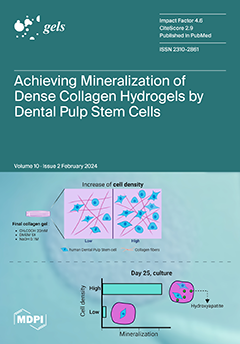As an environmentally responsible alternative to conventional concrete, geopolymer concrete recycles previously used resources to prepare the cementitious component of the product. The challenging issue with employing geopolymer concrete in the building business is the absence of a standard mix design. According to the chemical composition of its components, this work proposes a thorough system or framework for estimating the compressive strength of fly ash-based geopolymer concrete (FAGC). It could be possible to construct a system for predicting the compressive strength of FAGC using soft computing methods, thereby avoiding the requirement for time-consuming and expensive experimental tests. A complete database of 162 compressive strength datasets was gathered from the research papers that were published between the years 2000 and 2020 and prepared to develop proposed models. To address the relationships between inputs and output variables, long short-term memory networks were deployed. Notably, the proposed model was examined using several soft computing methods. The modeling process incorporated 17 variables that affect the CSFAG, such as percentage of SiO
2 (SiO
2), percentage of Na
2O (Na
2O), percentage of CaO (CaO), percentage of Al
2O
3 (Al
2O
3), percentage of Fe
2O
3 (Fe
2O
3), fly ash (FA), coarse aggregate (CAgg), fine aggregate (FAgg), Sodium Hydroxide solution (SH), Sodium Silicate solution (SS), extra water (EW), superplasticizer (SP), SH concentration, percentage of SiO
2 in SS, percentage of Na
2O in SS, curing time, curing temperature that the proposed model was examined to several soft computing methods such as multi-layer perception neural network (MLPNN), Bayesian regularized neural network (BRNN), generalized feed-forward neural networks (GFNN), support vector regression (SVR), decision tree (DT), random forest (RF), and LSTM. Three main innovations of this study are using the LSTM model for predicting FAGC, optimizing the LSTM model by a new evolutionary algorithm called the marine predators algorithm (MPA), and considering the six new inputs in the modeling process, such as aggregate to total mass ratio, fine aggregate to total aggregate mass ratio, FASiO
2:Al
2O
3 molar ratio, FA SiO
2:Fe
2O
3 molar ratio, AA Na
2O:SiO
2 molar ratio, and the sum of SiO
2, Al
2O
3, and Fe
2O
3 percent in FA. The performance capacity of LSTM-MPA was evaluated with other artificial intelligence models. The results indicate that the R
2 and RMSE values for the proposed LSTM-MPA model were as follows: MLPNN (R
2 = 0.896, RMSE = 3.745), BRNN (R
2 = 0.931, RMSE = 2.785), GFFNN (R
2 = 0.926, RMSE = 2.926), SVR-L (R
2 = 0.921, RMSE = 3.017), SVR-P (R
2 = 0.920, RMSE = 3.291), SVR-S (R
2 = 0.934, RMSE = 2.823), SVR-RBF (R
2 = 0.916, RMSE = 3.114), DT (R
2 = 0.934, RMSE = 2.711), RF (R
2 = 0.938, RMSE = 2.892), LSTM (R
2 = 0.9725, RMSE = 1.7816), LSTM-MPA (R
2 = 0.9940, RMSE = 0.8332), and LSTM-PSO (R
2 = 0.9804, RMSE = 1.5221). Therefore, the proposed LSTM-MPA model can be employed as a reliable and accurate model for predicting CSFAG. Noteworthy, the results demonstrated the significance and influence of fly ash and sodium silicate solution chemical compositions on the compressive strength of FAGC. These variables could adequately present variations in the best mix designs discovered in earlier investigations. The suggested approach may also save time and money by accurately estimating the compressive strength of FAGC with low calcium content.
Full article






